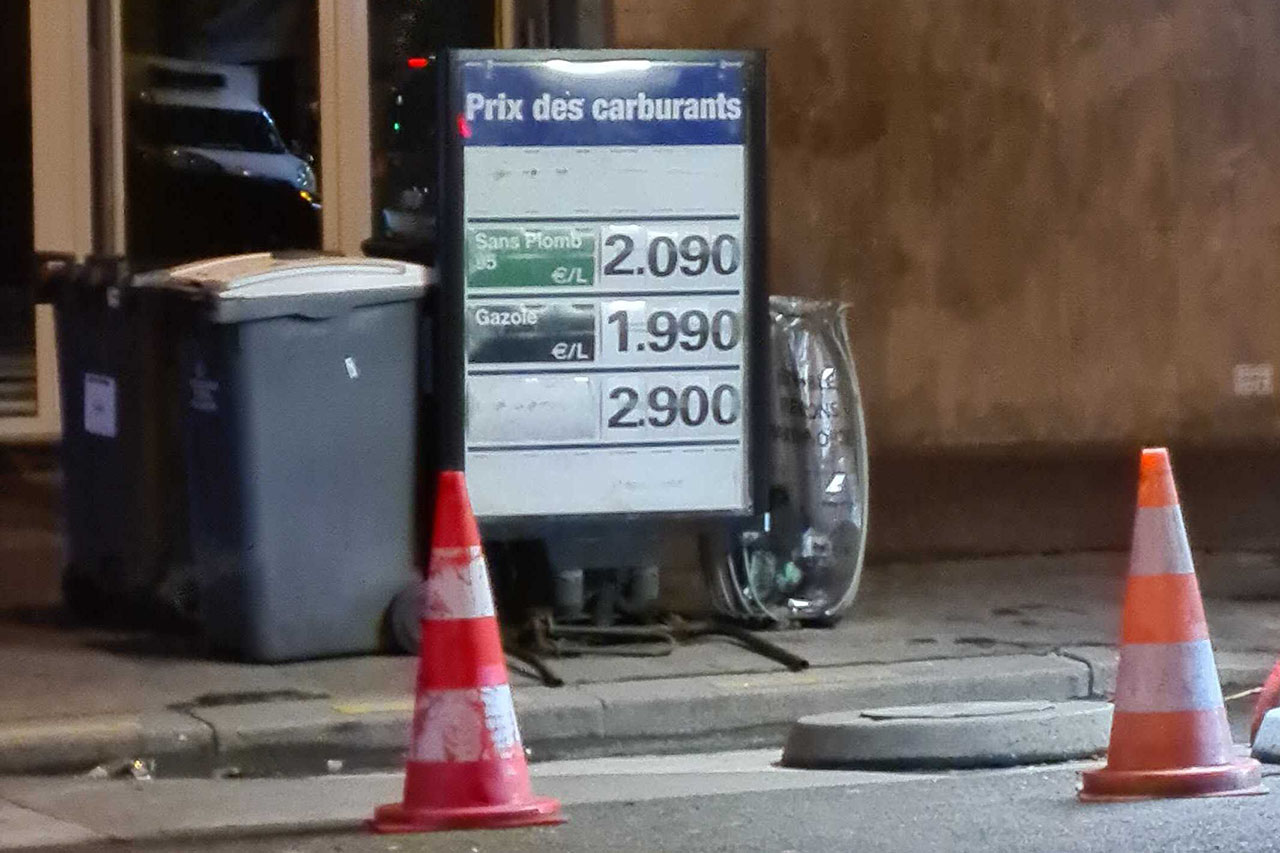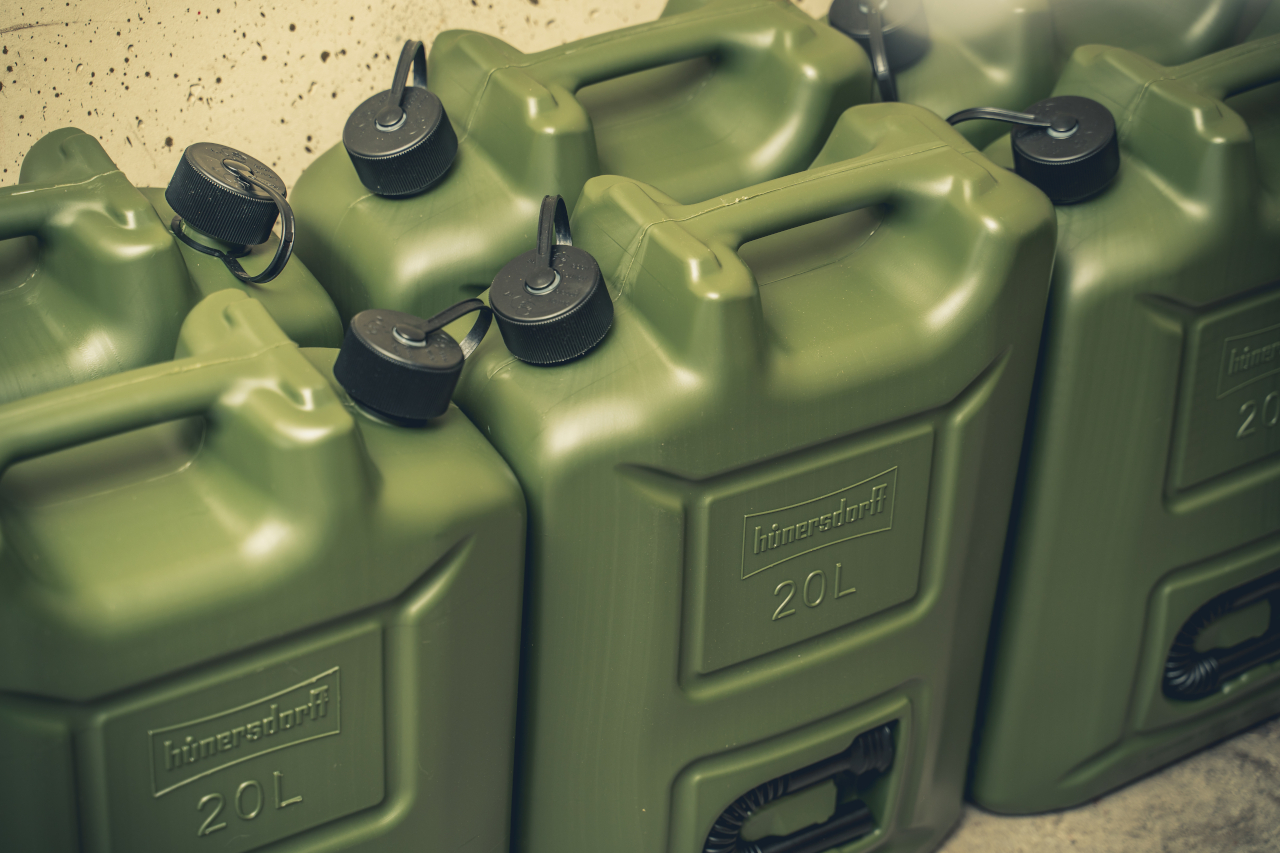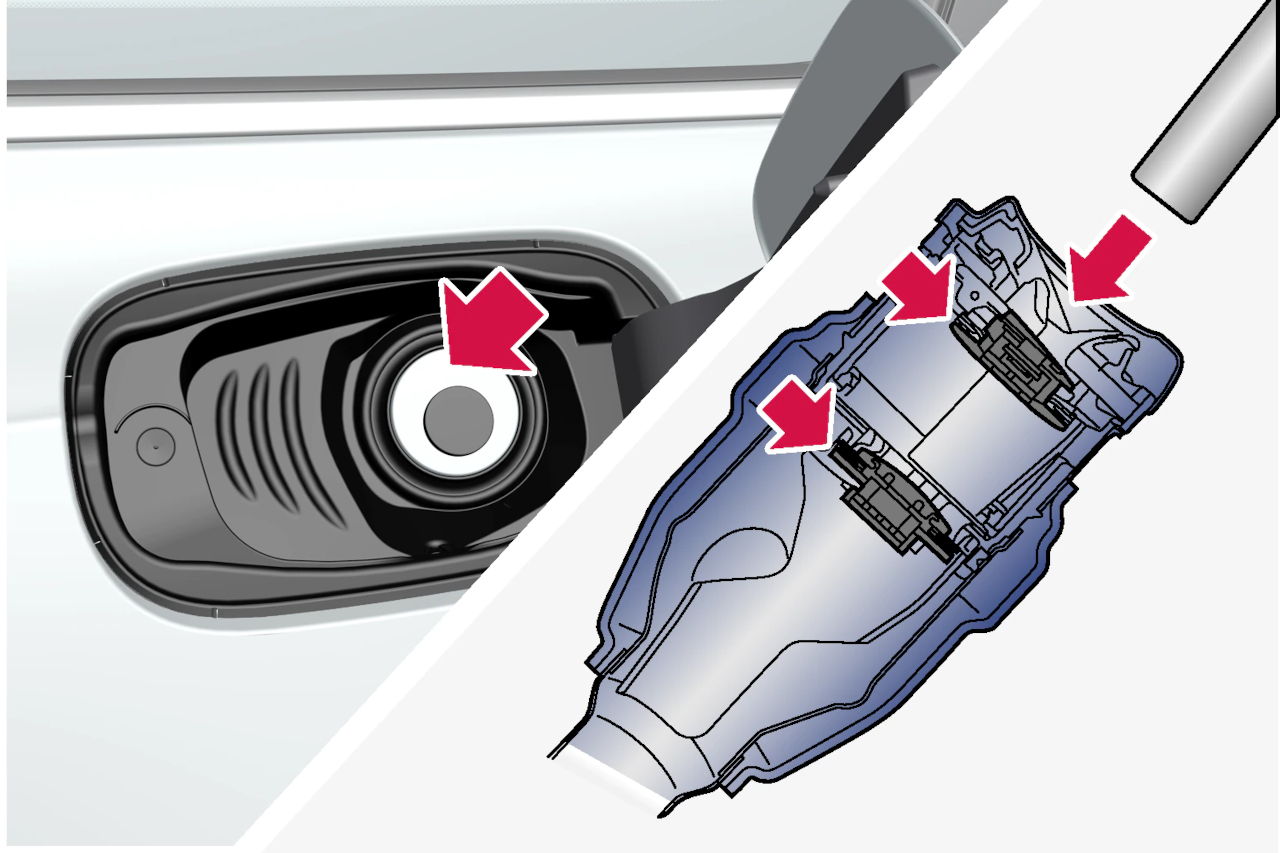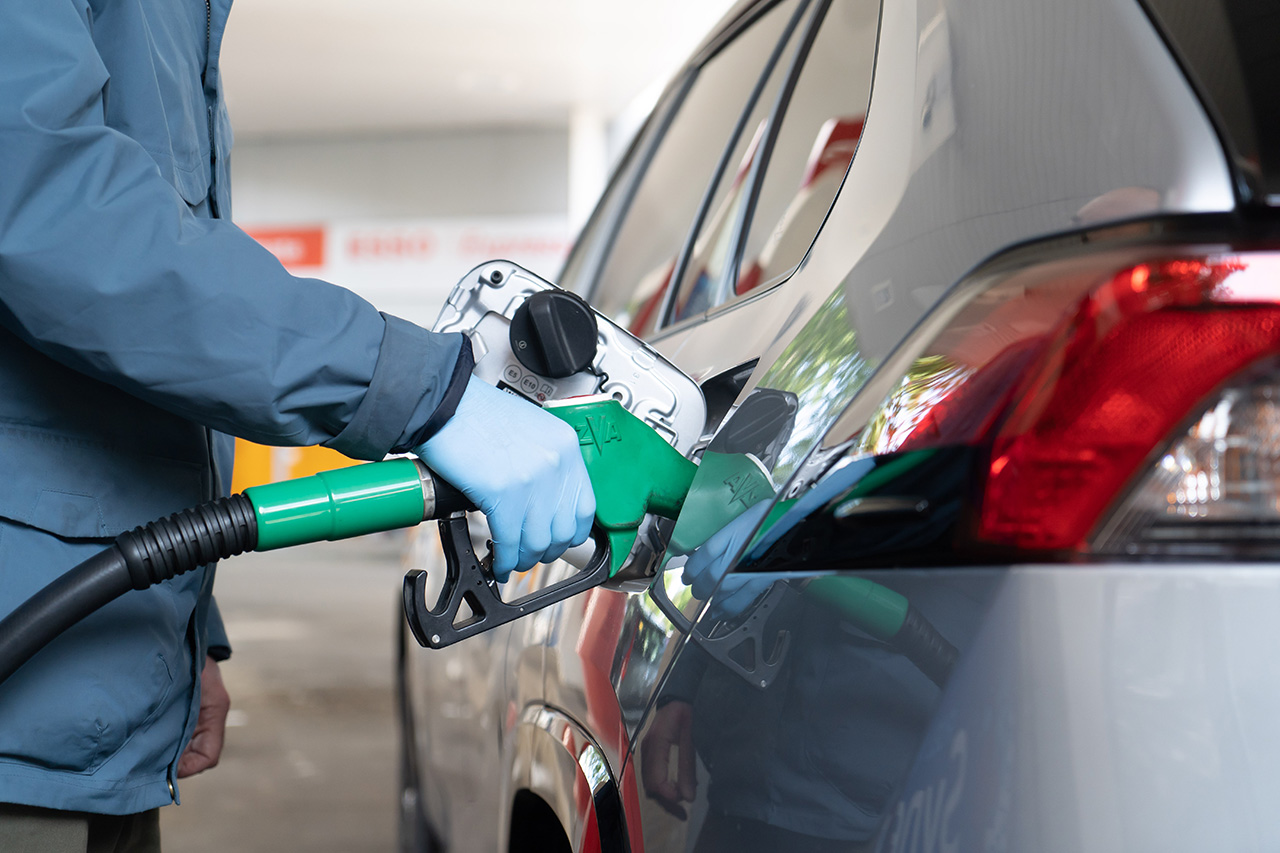
With pump prices fluctuating every day, some of you might be tempted to store fuel at home. But be careful, stocking up on petrol, diesel or ethanol is not without risks for your safety as well as for their long-term conservation.
When fuel prices play yo-yo, it can be tempting to take advantage of downturns to stock up. Especially if, as a bonus, you are lucky enough to live not too far from a country with lower prices, such as Luxembourg for example. The purchase of a jerry can, which can easily be found for less than 20 €, can thus very quickly be profitable. A decree of 1er July 2004 authorizes individuals to store up to 120 liters of petrol or diesel per floor and per family, provided that these liquids are stored in containers of less than 50 l. In theory, you can therefore easily keep enough to fill up two more times, or even more, at home. But beware, fuel is not a product like any other, and it is important to take a few precautions.

Beware of the risk of fire
The main risk is obviously of a security nature. Even if diesel is less sensitive, we are talking here about flammable liquids. It is therefore strongly advised to keep at least one fire extinguisher near your containers. The storage of petroleum products is also totally prohibited in the attic, on the balconies and terraces, as well as in the common areas of the buildings not reserved for this use. For their transport, be sure to secure your jerry cans, which should as far as possible be ADR approved, the acronym of the European agreement relating to the international transport of dangerous goods by road. A UN symbol indicates compliance with this certification. When they are made of plastic, the most recommended material is high density polyethylene (HDPE). Their closing system must be hermetically sealed, in order to avoid letting escape of vapors that are both toxic and likely to cause a fire.
TO READ. Fuels: how does the 15 cents per liter discount work?
Deterioration in case of bad storage

When stocking up on fuel, it is also better not to wait too long before using it. It is advisable not to wait more than six months, or even more than two months in the case of E85 superethanol which tends to deteriorate more quickly. But gasoline and diesel also degrade under the effect of oxygen and water which cause polymerization phenomena (formation of gums), favoring the appearance of micro-organisms. To limit this phenomenon as much as possible, once again, the tightness of your container is essential. It is also better that it be opaque and kept away from light and humidity. To choose, favor metal cans. Finally, if the color or smell of your fuel seems to have changed after a few weeks, do not tempt fate. You then risk seriously damaging your engine by using it.
Not so easy to fill up…


The final drawback to making such reservations is of a more practical nature. It is indeed much easier to fill your tank using a gas station nozzle than using a jerrycan. We are not only talking here about the difficulty of carrying a container of almost 50 l at arm’s length. No, on relatively recent cars, another constraint is added. Their tanks are very secure and generally have several valves that you will not always be able to open easily. If your container does not have one, you will therefore need to provide a nozzle with the right diameter and long enough for the filling to be carried out. Obviously taking care not to spill half of your black gold on the side, otherwise you will cancel a good part of the expected savings…
TO READ. Used fuel: what are the risks of the Allexx app?














